Searching for solutions
According to the KSD Achievement Gap Task Force’s website, the committee attempts to ensure equity from students learning how to count on their fingers to students counting down the days until graduation. Here are three systematic policy changes that will most closely effect KHS students:
Diversifying Staff
“We live in a diverse society,” Dr. Bryan Painter, assistant superintendent, said. “If we only are taught by people who look like us, potentially think and act like us, then it’s [not] preparing us for life beyond schools.”
According to Painter, a diverse staff benefits all students, not just students of color. In hopes of representing more students, Kirkwood Teachers of Color sponsors a minority hiring fair every two years. At the February 2019 fair, over 100 potential KSD staff members convened at KHS for information and interviewed for 12 open positions.
Everyone should have someone they can relate to and when there’s not anyone like [you] there, it’s hard to connect.
— Keziah Smith
“If you look at the district, [because of] the fair and being strategic in finding teachers of color, we have [a more diverse staff],” Romona Miller, assistant principal, said. “That number has grown in a short period of time from where we were. [KSD is] continuing those efforts to bring more diversity into the district.”
In 2017, minority staff members made up 5 percent of the KHS staff. Yet across the district, more than a quarter of students, (26 percent) were non-white, according to Missouri Department of Elementary and Secondary Education.
Restorative Discipline Policies
This past summer, KSD revised its discipline policies to put more of an emphasis on restorative discipline, a strategy that focuses on individual accountability rather than punishment. The technique incorporates all students, teachers and parents involved in the incident by having discussions about the root of the issue.
“Some people think restorative discipline means there is no discipline,” Dr. Michael Havener, KHS principal, said. “[Restorative discipline] means you take a look at educating while you discipline as well. It just might not look the same [for every student.]”
According to Painter, for students to see themselves as learners they have to be in class and not suspended. Along with restorative discipline, the task force plans to educate teachers about ways to combat biases.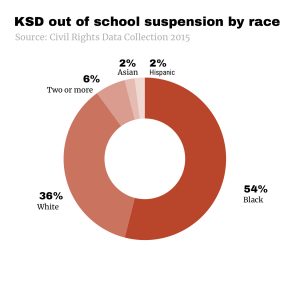
“There are research-based times where two students do the exact same thing,” Painter said. “If it is a student of color, they might have more harsh consequences than a white student. We all have biases, but if we’re aware of them we can be mindful of them and approach situations more equitably.”
According to the task force’s website, the committee puts an emphasis on urgency to help mend the gap. Revamping the discipline policy is one way to ensure students are in class learning more regardless of skin color, according to Havener.
“It used to be automatic,” Miller said. “You’ll be out five days for whatever. Now you have these restorative conversations [with teachers and students] so [suspensions] can be reduced.”
Wellness Programs
According to Havener, KSD’s Wellness Task Force has taken on a larger role in the past few years setting healthy minds and bodies at the top of KSD’s priorities.
In January 2019, KHS welcomed a full-time social worker and a full-time emotional support counselor. Both positions serve to act as a liaison between the school, students and families.
“Everything a young person does is modeling a person who is older than them,” Melissa Sandbothe, KSD executive director of special programs, said. “Most of the time the coping skills they model for us are coping skills their parents modeled for them. In order to break cycles we not only need to be working with the students, but we have to be working with their families otherwise we can’t have an impact on [wellness].”
All five KSD elementary schools have hired behavioral coaches to help the learning environment flourish without interruptions. According to Sandbothe, the coaches and counselors alike can best support the schools through training teachers on how to deal with conflict.
“[The coaches] are going to be helpful with especially with younger kids,” Havener said. “If you take care of problems in elementary [school], it’s only going to be better in high school.”
Your donation will support the student journalists of Kirkwood High School. Your contribution will allow us to purchase equipment and cover our annual website hosting costs.

Interests: Dancing for poms, writing for The Kirkwood Call, baking, reading + caving to my shopping addiction.
Favorite musical artist: J. Cole.
Favorite...
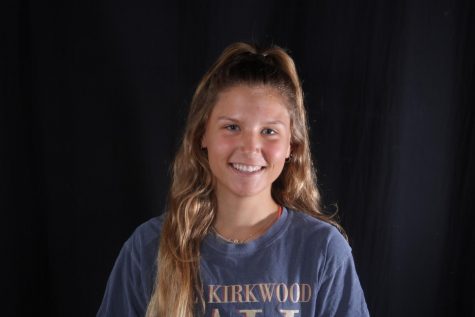
Interests: Takin’ pics.
Favorite musical artist: Billie Eilish.
Favorite quote: “I want people to be afraid of how much they love me.” -Michael...


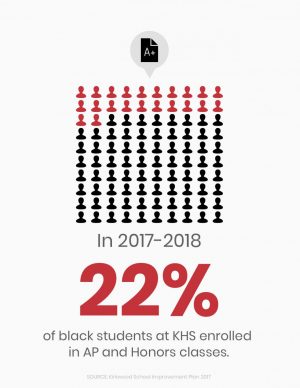


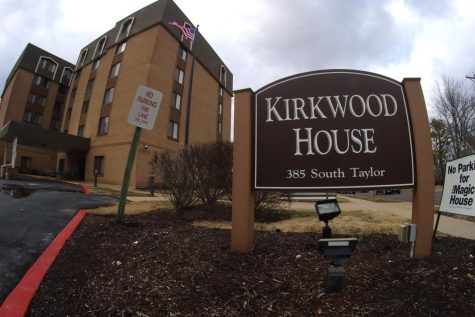
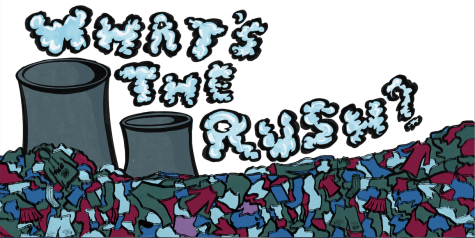

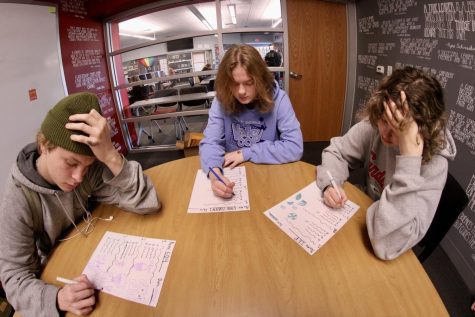



![“[Fashion is] a means to express myself,” Ezra Birman, senior, said. “I can’t imagine a world where I didn’t dress like this.”
Art by Ally Hudson](https://www.thekirkwoodcall.com/wp-content/uploads/2022/03/ezrapolaroid-e1646944084982-475x318.png)
